This report is taken from PN Review 244, Volume 45 Number 2, November - December 2018.
A Day in Leeds
Speaking with Stones
A Day in Leeds City Art Gallery
Hard food for hard folk. In Yorkshire we’re so tough, we eat stones. Out in the heathland, the artist Anthony Earnshaw (1924–2001) ‘made a wonderful find: a stone, or rather a half stone’, which looked exactly like half a brown bread cob, lightly toasted, a working breakfast for a ‘smash-and-grab raider’. When on display, it sits like a farmer’s market escapee alongside a knife on the bread board which the artist’s partner had been using in the kitchen. Is the most granitic county in England the most surreal?
This misleading bap is one of several satisfying items in the exhibition Rock, Pebble, Quarry: The Sculptural Lives of Stone, running until spring 2019 at Leeds Art Gallery’s Henry Moore Sculpture Galleries. Our species has adapted to make sense by stones: place, boundary and memory are mentioned in the catalogue description. Still, the main thrust is the materiality of stone. You could read aloud the catalogue entry syllable by syllable, like placing cool pebbles in your mouth to release saliva on a long, hot walk: ‘marble, red marble, basalt, black porphyry, alabaster, Hornton stone, Ancaster stone, Portland stone, limestone, slate, verde di Prato and serpentine’. Considered closely, stone establishes a quiet primacy; ‘other sculptural substances’ are included for their ability to ‘impersonate’ stone.
Do stones live? If we could speak with the ghost of Paul Nash (1889–1946), he might confirm that they are hyperalive. Nash ‘flushed a covey of wild stones’ and ‘found a stone nest’. The imprint of its ‘Only Egg’ ...
Hard food for hard folk. In Yorkshire we’re so tough, we eat stones. Out in the heathland, the artist Anthony Earnshaw (1924–2001) ‘made a wonderful find: a stone, or rather a half stone’, which looked exactly like half a brown bread cob, lightly toasted, a working breakfast for a ‘smash-and-grab raider’. When on display, it sits like a farmer’s market escapee alongside a knife on the bread board which the artist’s partner had been using in the kitchen. Is the most granitic county in England the most surreal?
This misleading bap is one of several satisfying items in the exhibition Rock, Pebble, Quarry: The Sculptural Lives of Stone, running until spring 2019 at Leeds Art Gallery’s Henry Moore Sculpture Galleries. Our species has adapted to make sense by stones: place, boundary and memory are mentioned in the catalogue description. Still, the main thrust is the materiality of stone. You could read aloud the catalogue entry syllable by syllable, like placing cool pebbles in your mouth to release saliva on a long, hot walk: ‘marble, red marble, basalt, black porphyry, alabaster, Hornton stone, Ancaster stone, Portland stone, limestone, slate, verde di Prato and serpentine’. Considered closely, stone establishes a quiet primacy; ‘other sculptural substances’ are included for their ability to ‘impersonate’ stone.
Do stones live? If we could speak with the ghost of Paul Nash (1889–1946), he might confirm that they are hyperalive. Nash ‘flushed a covey of wild stones’ and ‘found a stone nest’. The imprint of its ‘Only Egg’ ...
The page you have requested is restricted to subscribers only. Please enter your username and password and click on 'Continue':
If you have forgotten your username and password, please enter the email address you used when you joined. Your login details will then be emailed to the address specified.
If you are not a subscriber and would like to enjoy the 292 issues containing over 11,700 poems, articles, reports, interviews and reviews,
why not subscribe to the website today?
